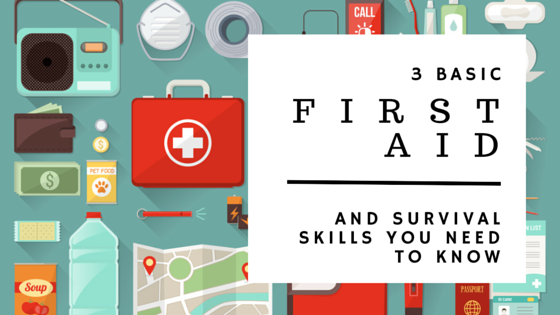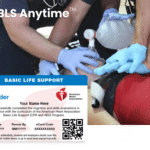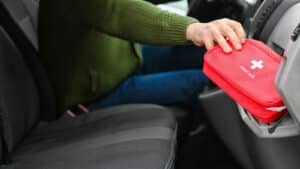
Basic first aid and survival skills deliver long-lasting benefits, as they allow you to provide instant support in life-threatening situations. Furthermore, these skills empower individuals to take action, and ultimately, may help an ordinary person become a life-saver in an emergency.
So which basic first aid and survival skills are essential? Here’s a closer look at three basic first aid and survival skills you need to know.
-
Cleaning and dressing wounds
Scrapes, gashes and cuts may seem unavoidable at times. Fortunately, you can learn how to clean and dress wounds to stop bleeding and minimize the risk of infection.
Although a first aid kit typically includes bandages, gauze and other materials to help you put pressure on a wound to stop bleeding, this kit may lack instructions that explain how to apply these materials properly. However, basic first aid and survival training ensures you’ll know exactly how to clean and dress a wound, instantly reducing the possibility of infection.
Whether it’s applying pressure to a wound, adding disinfectant or warm water to an injured area or performing other treatments, basic first aid and survival training empowers you with actionable information you can use to help a friend or family members who suffers a scrape, gash or cut. As a result, understanding how to clean and dress wounds delivers immediate and long-term value and may help you make the most of a first aid kit, too.
-
Hands-only CPR
The American Heart Association (AHA) notes 70 percent of Americans may feel helpless to act during a cardiac emergency because they either do not know how to administer cardiopulmonary resuscitation (CPR) or their training has significantly lapsed. Also, the AHA points out 88 percent of cardiac arrests occur at home, which means a sudden cardiac arrest (SCA) victim is mostly likely to be a friend or family member.
Hands-only CPR serves as a life-saving skill, empowering you to provide instant support in a cardiac emergency. Understanding how to perform hands-only CPR ensures you can assist an SCA victim at any time and improve his or her chances of survival.
Failure to act in a cardiac emergency can lead to unnecessary deaths. Meanwhile, the AHA reports effective bystander CPR provided immediately after sudden cardiac arrest can double or triple a victim’s chance of survival, and those who possess the ability to perform CPR can reduce the risk of unnecessary deaths as well.
-
Heimlich maneuver
Do you know how to help a choking victim? Many people do not, but learning how to perform the Heimlich maneuver enables an individual to treat upper airway obstructions instantly.
The Heimlich maneuver requires an individual to apply abdominal thrusts and exert pressure on the bottom of a victim’s diaphragm. Understanding how to perform this maneuver is exceedingly valuable, but only if a first responder knows how to administer it properly.
With the right training, however, you can understand how to perform the Heimlich maneuver without delay. And by doing so, you can discover how to support choking victims and boost their chances of survival.
Basic first aid and survival training is readily available from SureFire CPR, which offers a wide assortment of training to students across the Greater Southern California area. Plus, SureFire CPR’s classes are designed to provide pertinent, timely basic first aid and survival tutorials to empower students to provide immediate support in a life-threatening situation.
Discover the benefits of SureFire CPR’s basic first aid and survival training class. To learn more about this course, please visit our website or contact us at (888) 277-3143.










